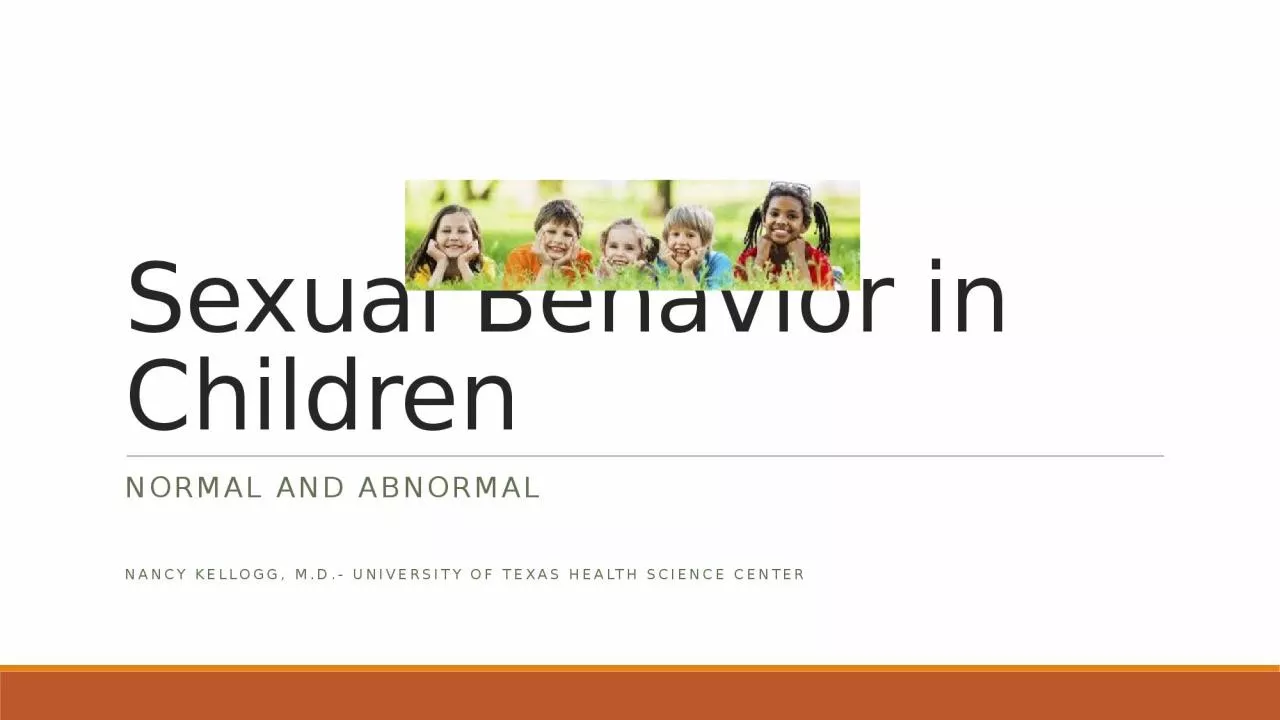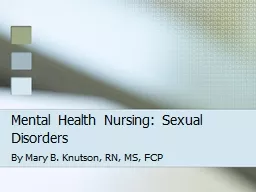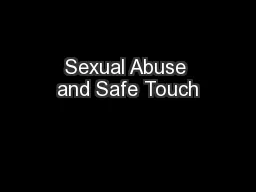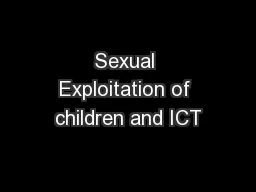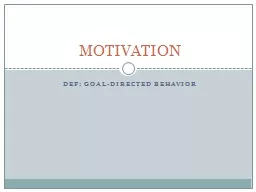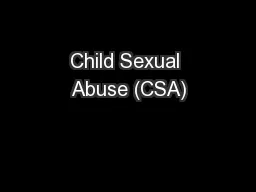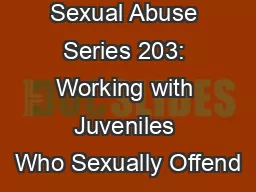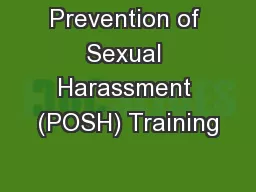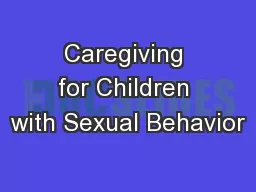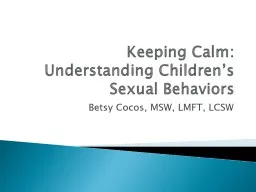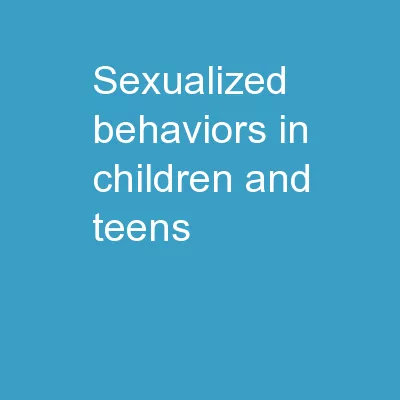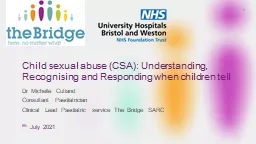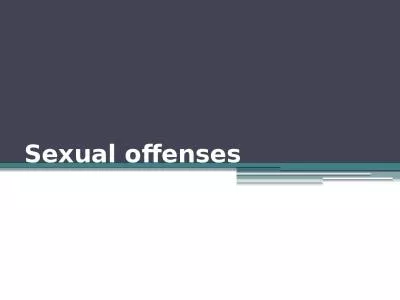PPT-Sexual Behavior in Children
Author : WonderfulWarrior | Published Date : 2022-07-28
Normal and ABnormal NaNCY Kellogg Md University of texas health science center Sexual Abuse Trends Since 1995 sexual abuse numbers are trending down Approximately
Presentation Embed Code
Download Presentation
Download Presentation The PPT/PDF document "Sexual Behavior in Children" is the property of its rightful owner. Permission is granted to download and print the materials on this website for personal, non-commercial use only, and to display it on your personal computer provided you do not modify the materials and that you retain all copyright notices contained in the materials. By downloading content from our website, you accept the terms of this agreement.
Sexual Behavior in Children: Transcript
Download Rules Of Document
"Sexual Behavior in Children"The content belongs to its owner. You may download and print it for personal use, without modification, and keep all copyright notices. By downloading, you agree to these terms.
Related Documents

